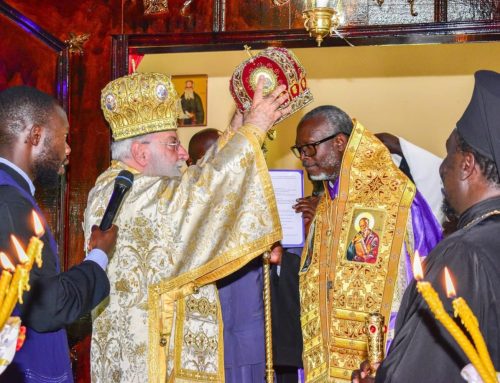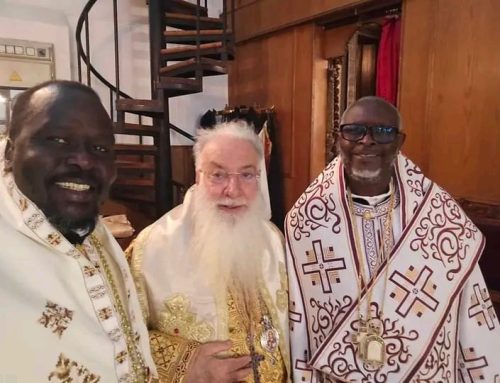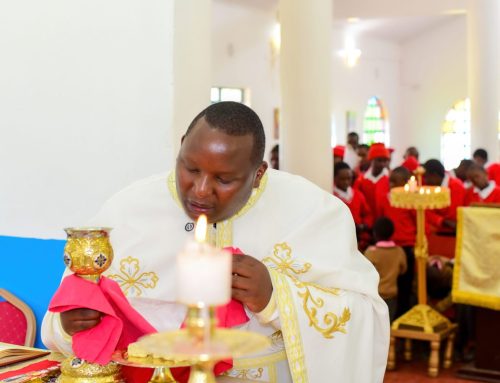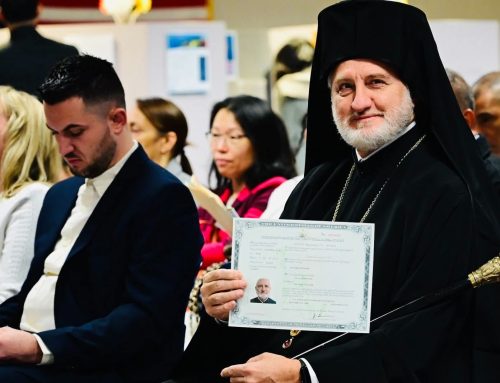![]()
The Feast of Orthodoxy also known as the Sunday of Orthodoxy or the Triumph of Orthodoxy is celebrated on the first Sunday
of Great Lent. The Feast is kept in memory of the final defeat of iconoclasm and the restoration of the icons to the churches.
Click Here to Support St Irene Orphanage
Lent was in origin the time of final preparation for candidates for baptism at the Easter Vigil, and this is reflected in the readings at the Liturgy, today and on all the Sundays of Lent. But that basic theme came to be subordinated to later themes, which dominated the hymnography of each Sunday. The dominant theme of this Sunday since 843 has been that of the victory of the icons. In that year the iconoclastic controversy, which had raged on and off since 726, was finally laid to rest, and icons and their veneration were restored on the first Sunday in Lent. Ever since, that Sunday been commemorated as the “triumph of Orthodoxy.”
![]()
Click Here to Support St Irene Orphanage
Orthodox teaching about icons was defined at the Seventh Ecumenical Council of 787, which brought to an end the first phase of the attempt to suppress icons. That teaching was finally re-established in 843, and it is embodied in the texts sung on this Sunday.
Click Here to Support St Irene Orphanage
![]() The name of this Sunday reflects the great significance which icons possess for the Orthodox Church. They are not optional devotional extras, but an integral part of Orthodox faith and devotion. They are held to be a necessary consequence of Christian faith in the incarnation of the Word of God, the Second Person of the Trinity, in Jesus Christ. They have a sacramental character, making present to the believer the person or event depicted on them. So the interior of Orthodox churches is often covered with icons painted on walls and domed roofs, and there is always an icon screen, or iconostasis, separating the sanctuary from the nave, often with several rows of icons.
The name of this Sunday reflects the great significance which icons possess for the Orthodox Church. They are not optional devotional extras, but an integral part of Orthodox faith and devotion. They are held to be a necessary consequence of Christian faith in the incarnation of the Word of God, the Second Person of the Trinity, in Jesus Christ. They have a sacramental character, making present to the believer the person or event depicted on them. So the interior of Orthodox churches is often covered with icons painted on walls and domed roofs, and there is always an icon screen, or iconostasis, separating the sanctuary from the nave, often with several rows of icons.






